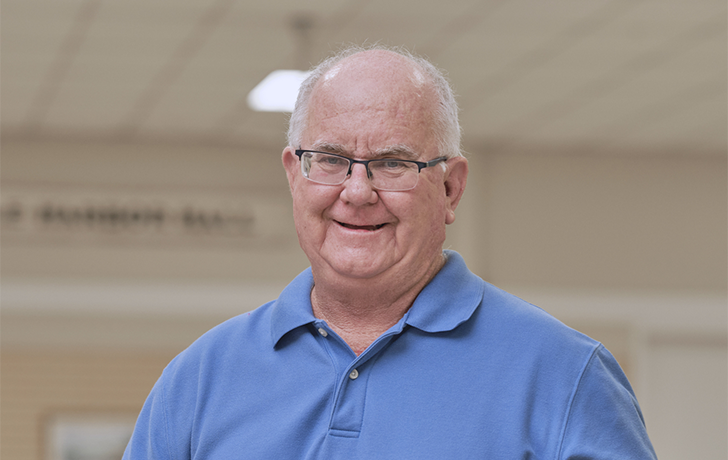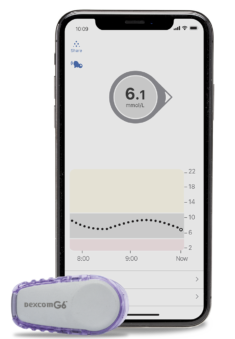The Power to Change How You Live with Diabetes

Rick Feehan, a retired accountant from Nova Scotia, was 66 years old when he was diagnosed with type 2 diabetes, which he describes as, “a complete shock to the system,” and he wasn’t alone. Every day nearly 500 Canadians are diagnosed with diabetes and start their journey of managing the disease, which can be challenging and stressful. If left untreated or improperly managed, diabetes can lead to many life-threatening complications.
There are several risk-factors for developing type 2 diabetes including simply being over the age of 40. When you have this disease, it means that your body cannot make enough of the insulin hormone, or does not properly use the insulin it makes. This important hormone helps your body control the level of glucose (sugar) in your blood. Early warning signs can include frequent urination, increased thirst, extreme fatigue, weight change, and more.
“My signal was continually drinking orange juice and a friend who was familiar with the disease advised that I should get tested,” said Rick. “The next day I went to the pharmacy to get my blood sugar checked and it was off the charts, I was a type 2 diabetic. This was an absolute shock and the start of a big lifestyle change.”
Being an accountant, Rick knew he could tackle getting his blood glucose numbers under control to continue his regular life and hobbies like gardening and pickleball. For people living with diabetes, monitoring glucose levels is one of the most important steps in managing the disease to ensure they stay in the desirable range[*], which can limit complications. As levels can be impacted by many factors including nutrition, exercise, stress and sleep – this is a continuous requirement.

Traditionally, checking your glucose levels has meant pricking your finger and placing a drop of blood on a test strip and into a blood glucose meter. This can be painful and especially hard on people who need to check their levels multiple times a day and at night.
“I grew frustrated pricking my finger and I simply wasn’t comfortable doing it,” continued Rick. “In my quest to better manage my diabetes, I started using the Dexcom G6 Continuous Glucose Monitoring System. This is a small wearable sensor and transmitter that sends glucose numbers right to my smartphone[†] without the need for calibration[‡] or scanning. I simply bring up the app and I can see in real-time where I’m at – it also alerts me when my levels are too high or too low, which is life changing.”
A real-time continuous glucose monitoring (rtCGM) system like Dexcom G6 takes glucose measurements every five minutes, day and night. This technology helps users manage highs and lows and lets them see the impact that certain behaviours have on their glucose levels – all from their smartphone.

The latest Diabetes Canada Clinical Practice Guidelines recommend the use of this device for blood glucose monitoring, especially in individuals requiring several daily injections of insulin, or those using insulin pumps. Dexcom G6 is now covered under many provincial health plans and by most private insurers[§], helping more people with diabetes access this life-changing technology.
![]()
To learn more about Dexcom CGM, please visit www.dexcom.com.
[*] Speak to your healthcare professional to learn what your target range might be
[†] For a list of compatible devices, please visit dexcom.com/compatibility.
[‡] If your glucose alerts and readings from the G6 do not match symptoms or expectations, use a blood glucose meter to make diabetes treatment decisions.
[§] Conditions apply. Visit Dexcom.com for more information.